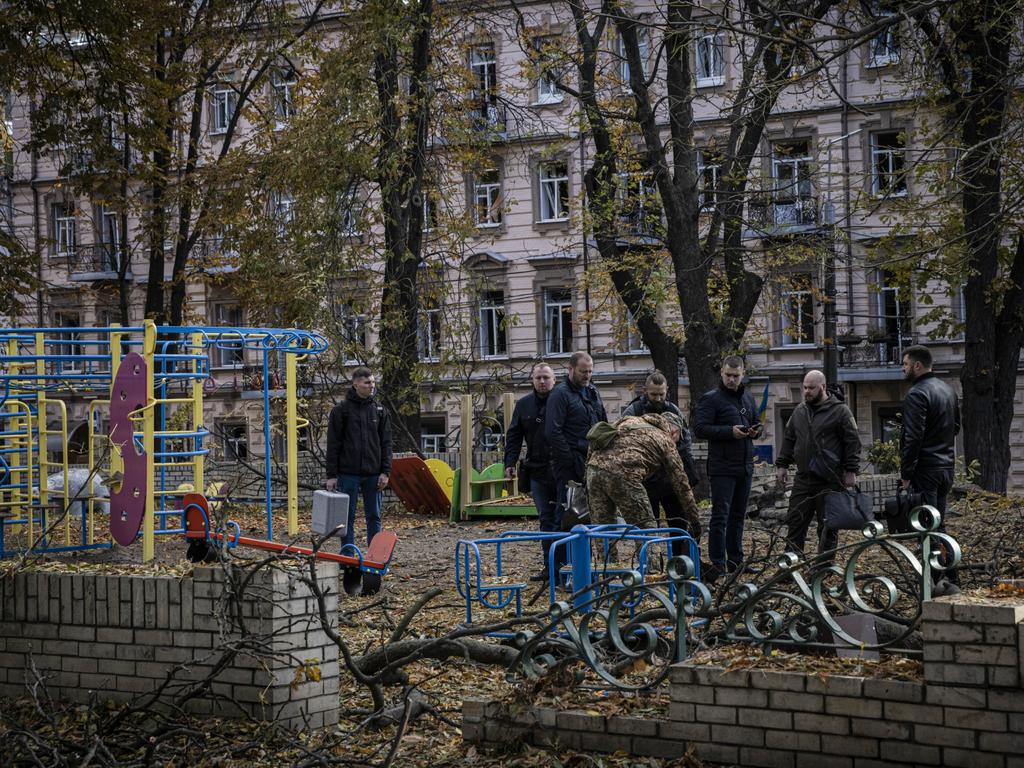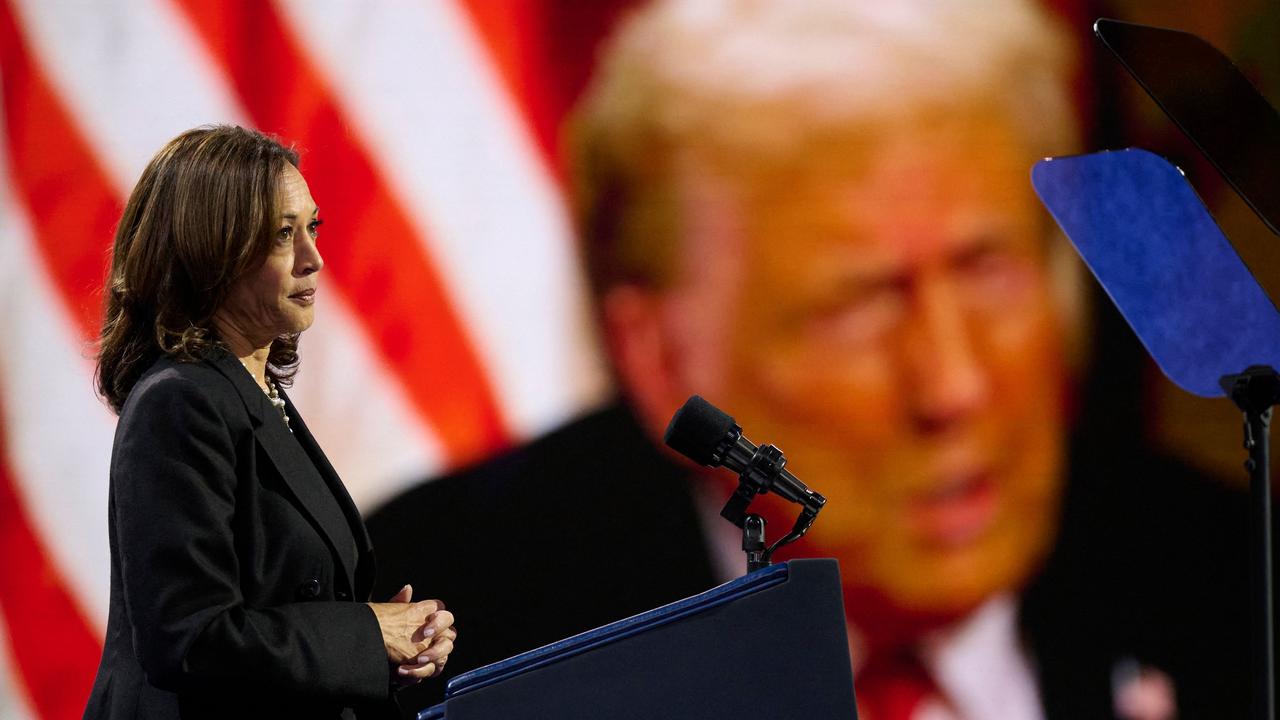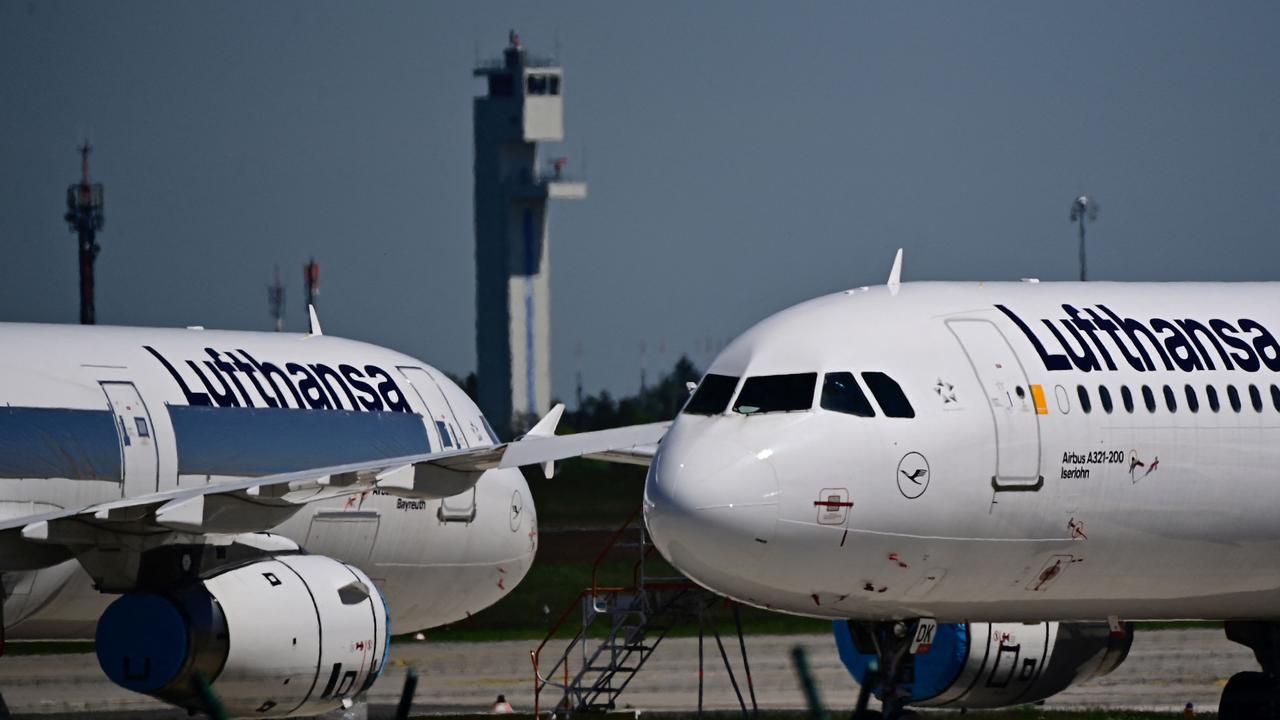Russia’s air attacks in Ukraine have little strategic value
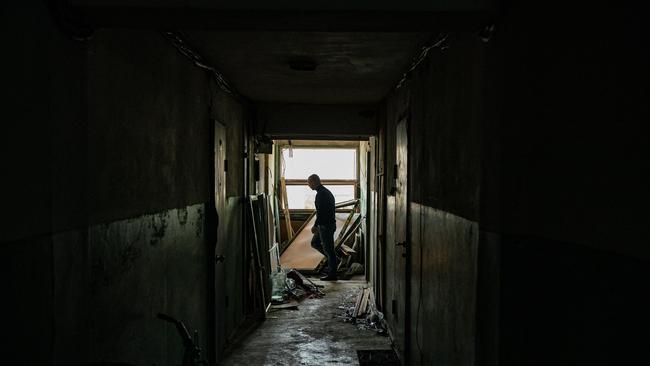
Russia’s assault Monday with dozens of missile strikes on Ukrainian cities and their electricity infrastructure showed Moscow’s ability to hit targets across the entire country. But it also made clear the limits of such tactics in advancing Russia’s war aims.
Ukraine said its air defences had intercepted roughly half of the 84 missiles that Russia fired in salvos, a number that couldn’t be independently verified. Authorities said 11 people were killed in the strikes and more than 80 injured as missiles hit apartment blocks, power stations and other targets.
Russian President Vladimir Putin said the attacks were in response to a weekend explosion on the Kerch Strait Bridge linking Russia to Russian-occupied Crimea, something Moscow has described as an act of terrorism by Ukraine.

They come as Russian troops have lost ground to Ukrainian forces in the east and the south of the country, areas that Mr. Putin now asserts are Russian territory. Mr. Putin said the targets were “Ukrainian energy, military command and communications facilities.”
“What they seem to have done today, which is basically hitting civilian targets and infrastructure, seems to be much more about signalling on their part than delivering any real military effect,” said Sidharth Kaushal, a researcher at the Royal United Services Institute, a think tank in London.
Mr. Kaushal said that it appeared the damage “though it’s tragic, is actually not of any real military value, and they’ve expended quite an expensive capability.”
The Ukrainian military said Russia used cruise missiles launched from land, sea and air, ballistic missiles, surface-to-air missiles and Iranian-made drones. Mr. Kaushal said some strikes appear to have been carried out using 3M-14 Kalibr cruise missiles launched from frigates and submarines in the Black Sea.
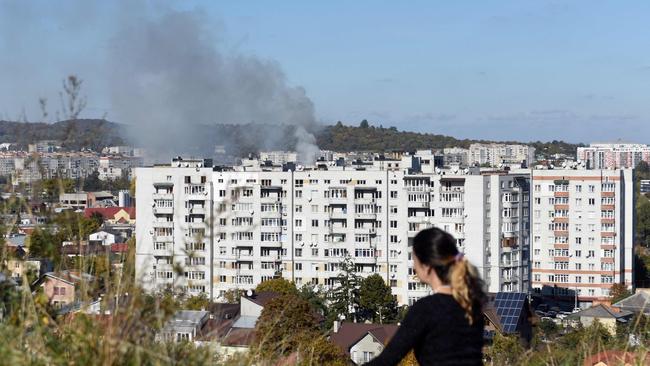
Such missiles usually carry a warhead of about 1,000 pounds of high explosive, a size that limits the ability of a single strike to take out a large piece of infrastructure.
While they travel at relatively low speed which helps in shooting them down, cruise missiles can make multiple in-flight manoeuvres that make them hard to detect and emit low radar and infra-red energy signatures that mean they are often detected late.
Ukraine depends heavily on Soviet-era S-300 air-defence batteries though it has other systems as well.
The attacks on civilians, condemned by the European Union as a war crime, could increase pressure on Western governments to provide more air-defence systems as Kyiv has been requesting.
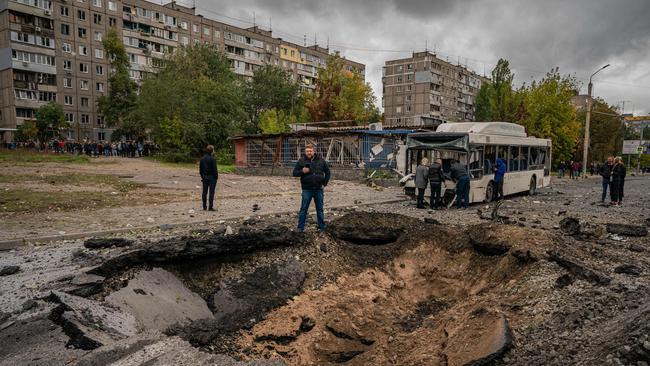
No air-defence system can be entirely effective across a country the size of Ukraine. But many of Ukraine’s air defences have been held back to protect the capital and other cities. The delivery of more batteries would allow some to be freed up to better defend Ukrainian troops against Russian attacks on the front lines, analysts said.
However, since many European militaries have few air-defence capabilities themselves, their ability to send more systems to Ukraine is limited, analysts said.
Military historians have long observed that strategic air campaigns — punishing civilian populations and damaging critical infrastructure to sap morale and weaken an enemy’s will to fight — have a poor record of influencing the outcomes of conflicts without some ground component.

Air power, including missile forces, is most effective when it changes the balance of power on the ground, for example by hitting supply lines or providing tactical support to troops in the field, analysts said.
Western analysts also doubt that Russia could sustain precision-missile attacks at anywhere like Monday’s tempo for a long period. Western intelligence assessments have said since March that Russian inventories of ground-attack precision missiles appear to be limited.
Some missiles would also need to be held back for other possible uses beyond the current campaign, the analysts said. Moscow would need to keep some inventory for low-probability events such as North Atlantic Treaty Organisation forces entering the war or to carry non-strategic nuclear weapons for use in Ukraine.
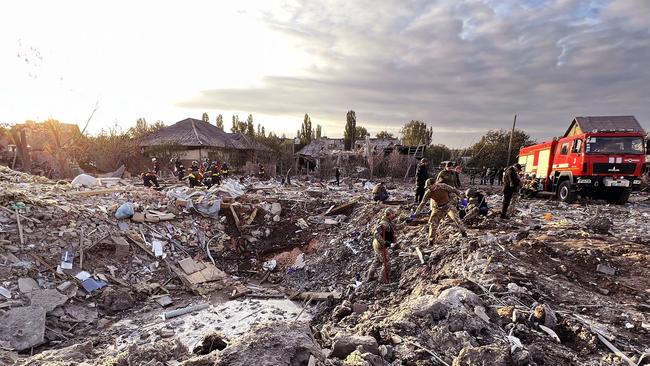
One possible sign of the limited stockpiles is that Russia has been using sea-to-sea missiles to attack targets on land, a role for which they are inaccurate and ill suited.
Russian manufacture of missiles to replenish stocks is also assumed by analysts to be constrained by Western sanctions, barring the export to Russia of Western electronics and microchips critical to the guidance systems on-board.
While Russia is likely able to find some of these components on black markets and possibly manufacture some of its own, replenishing the more than 2,000 or so cruise and ballistic missiles that are estimated to have been used so far in the war would be a challenge.
Dow Jones


